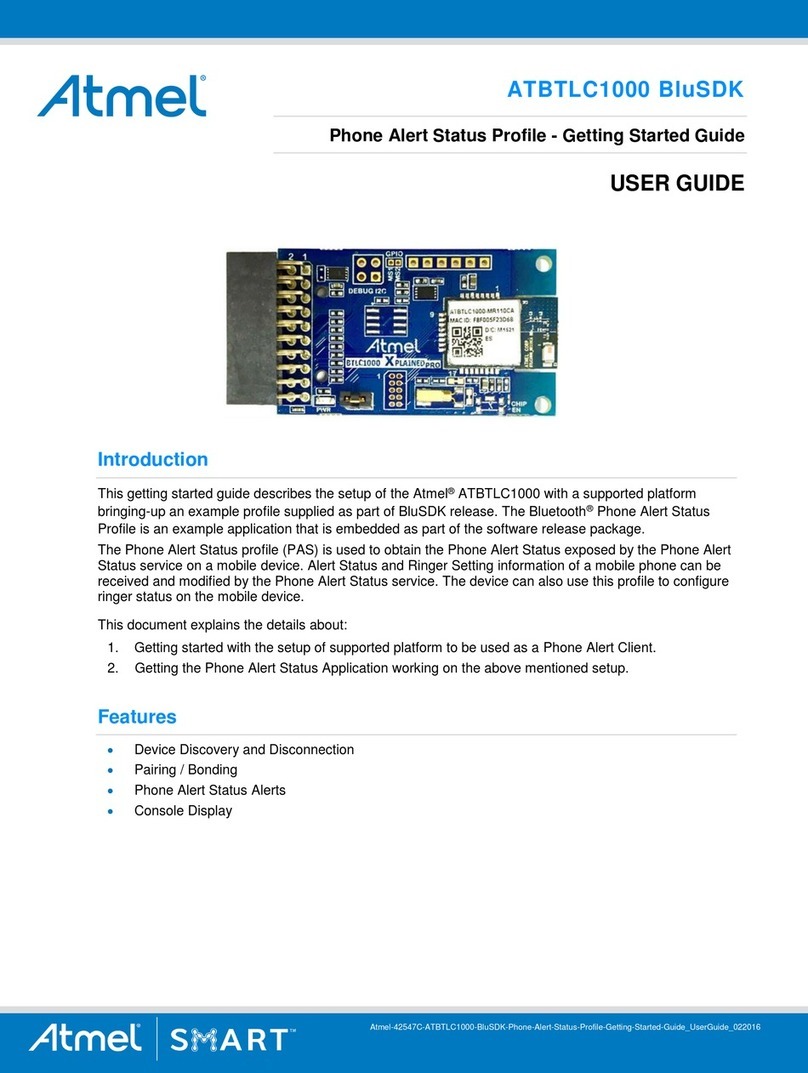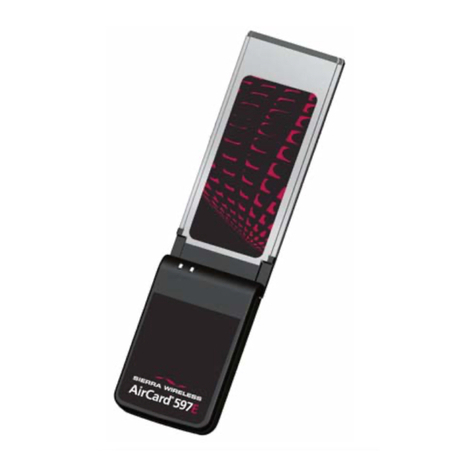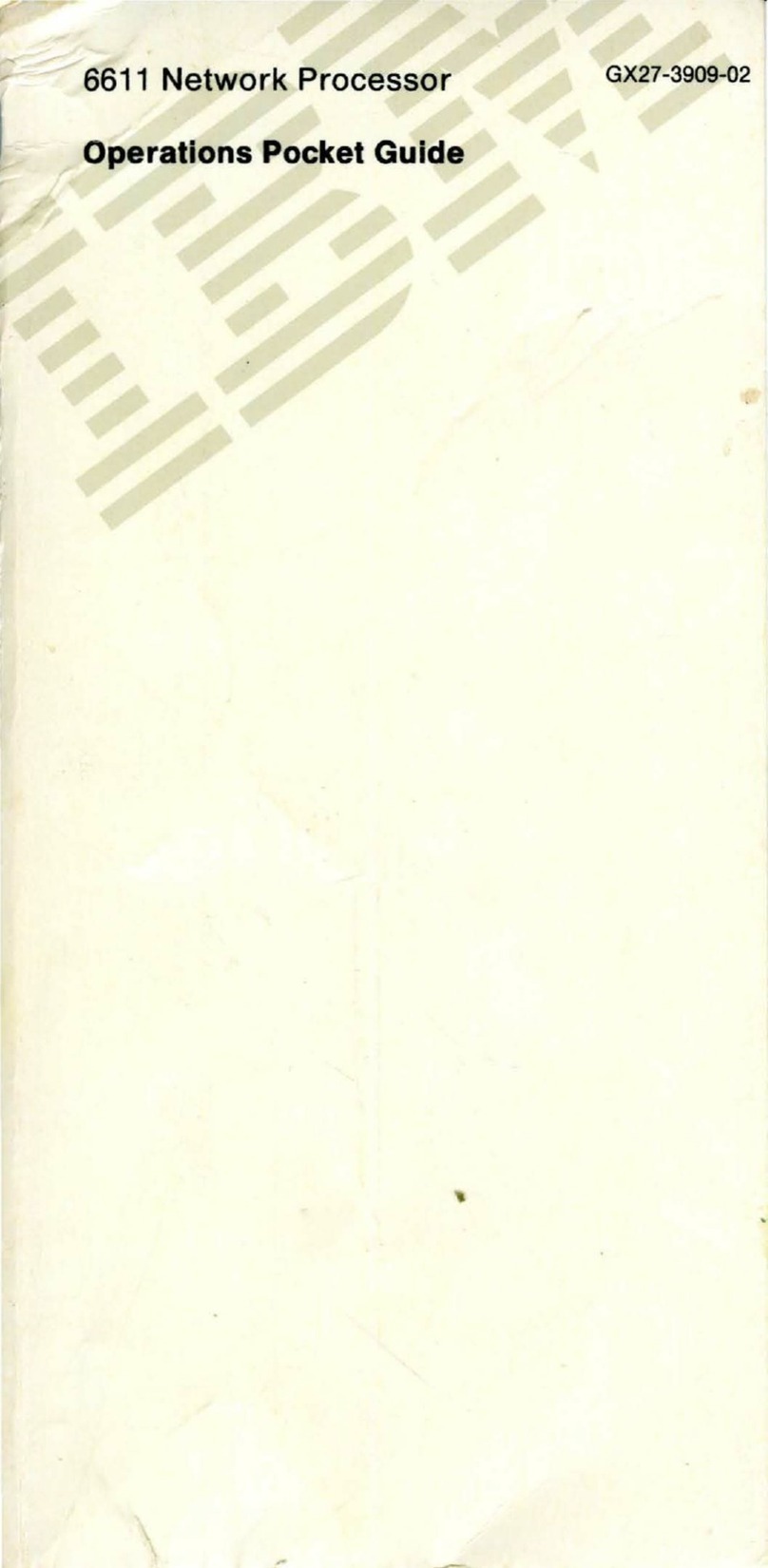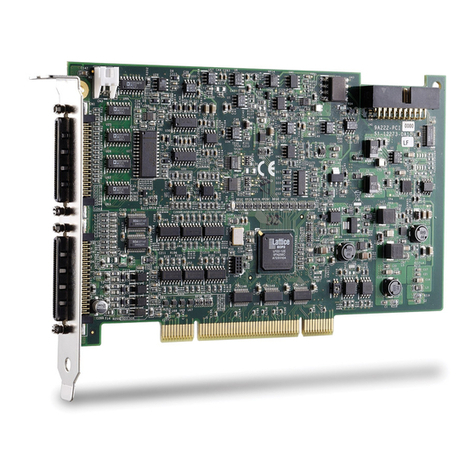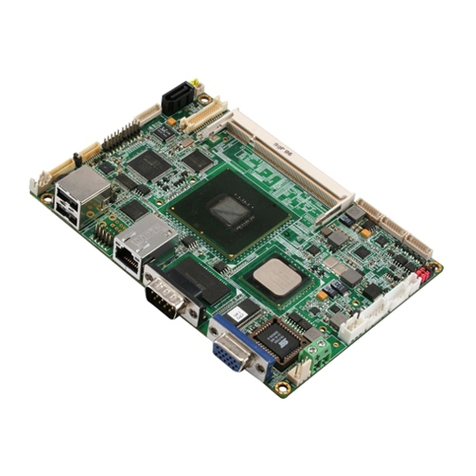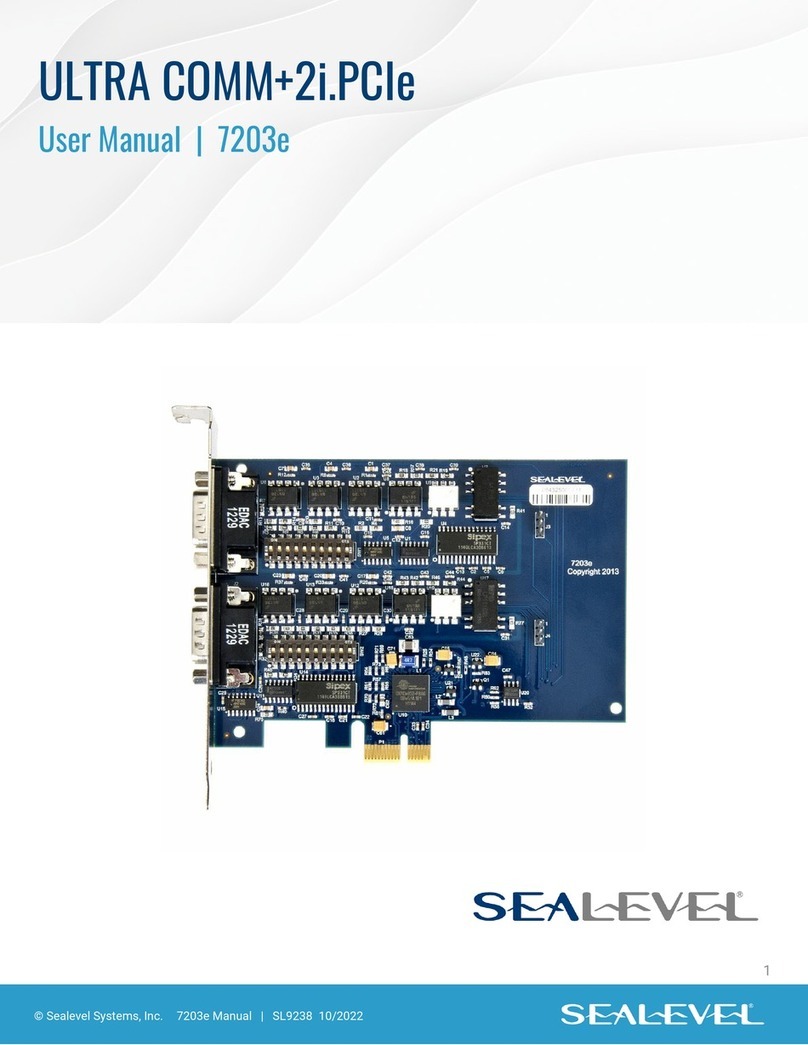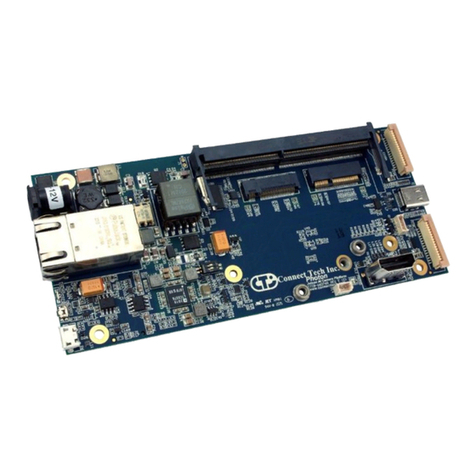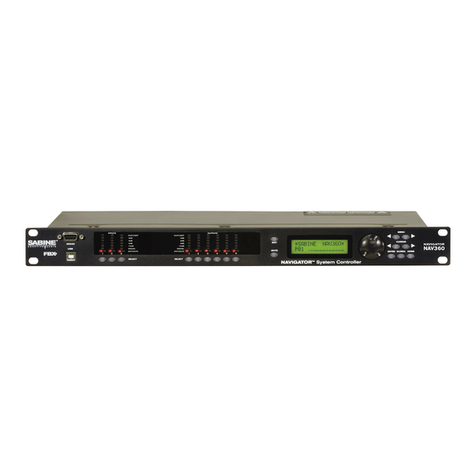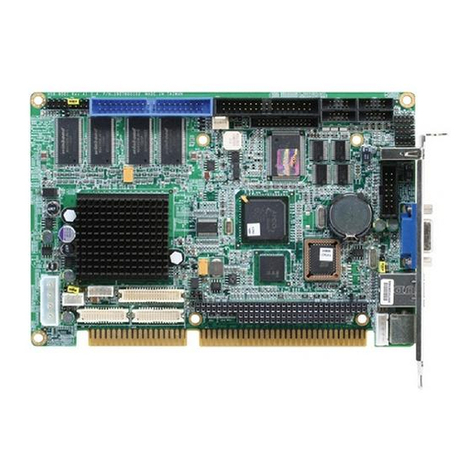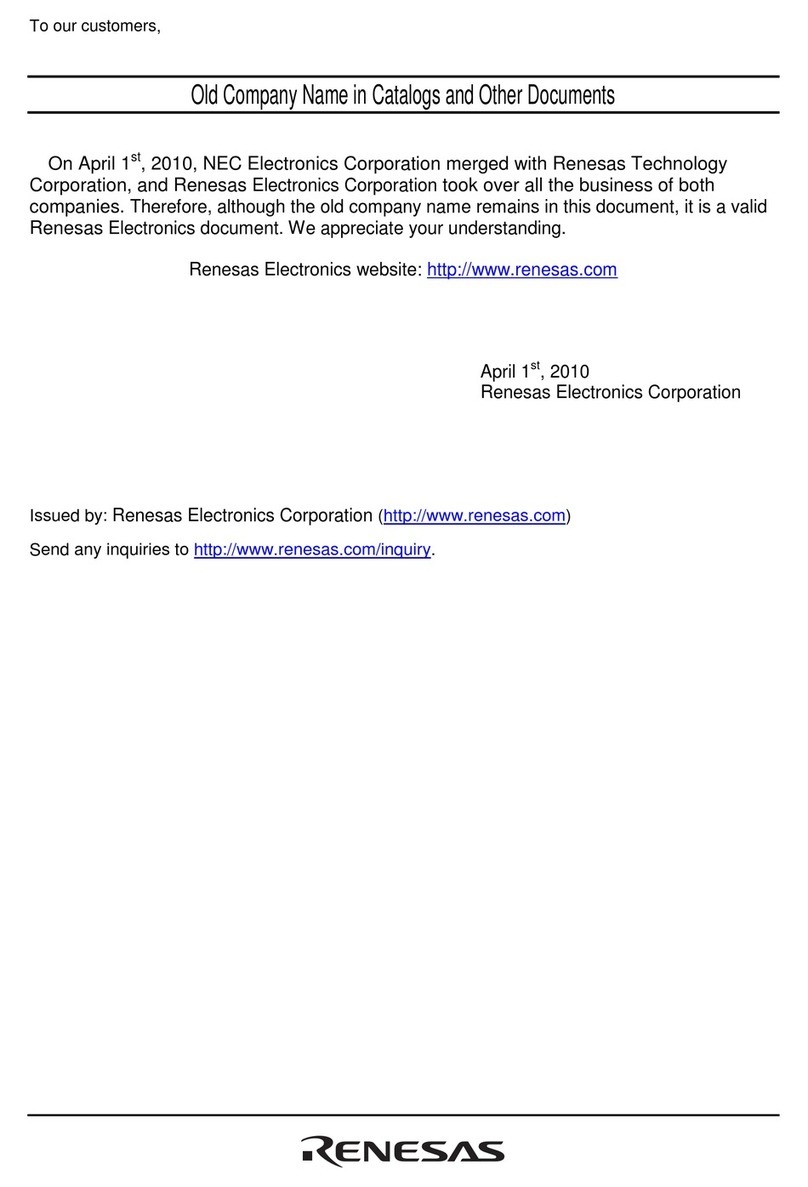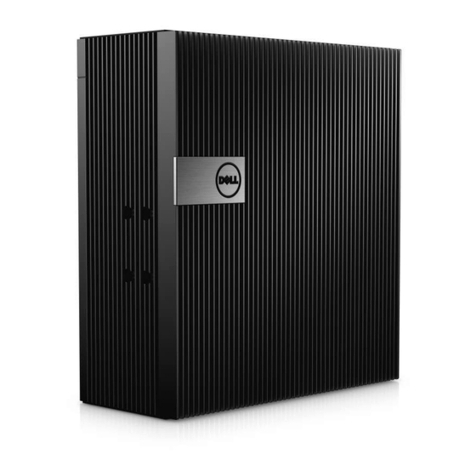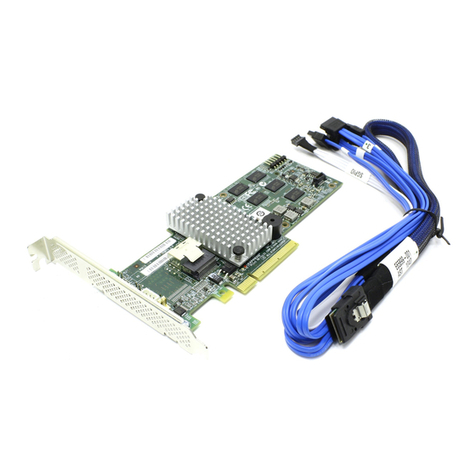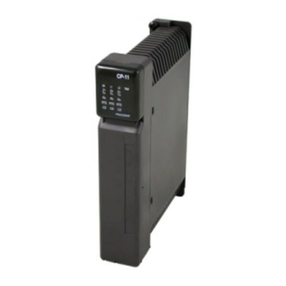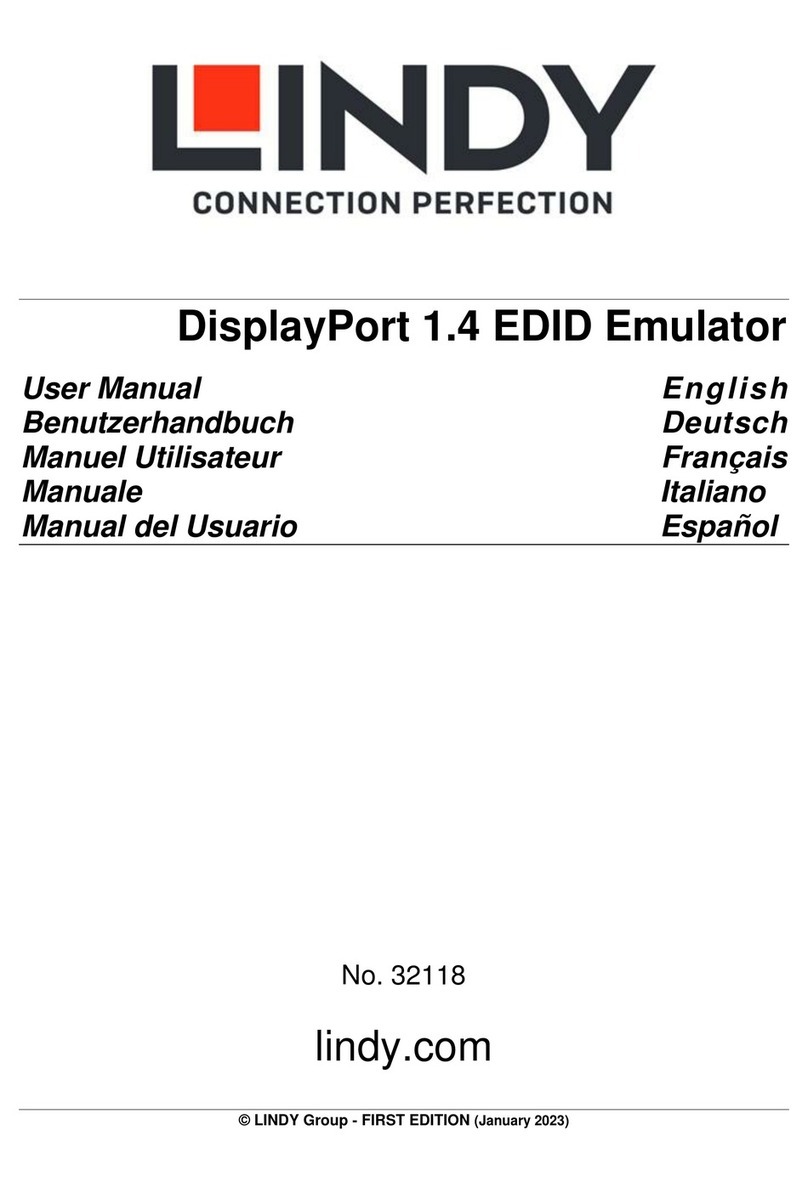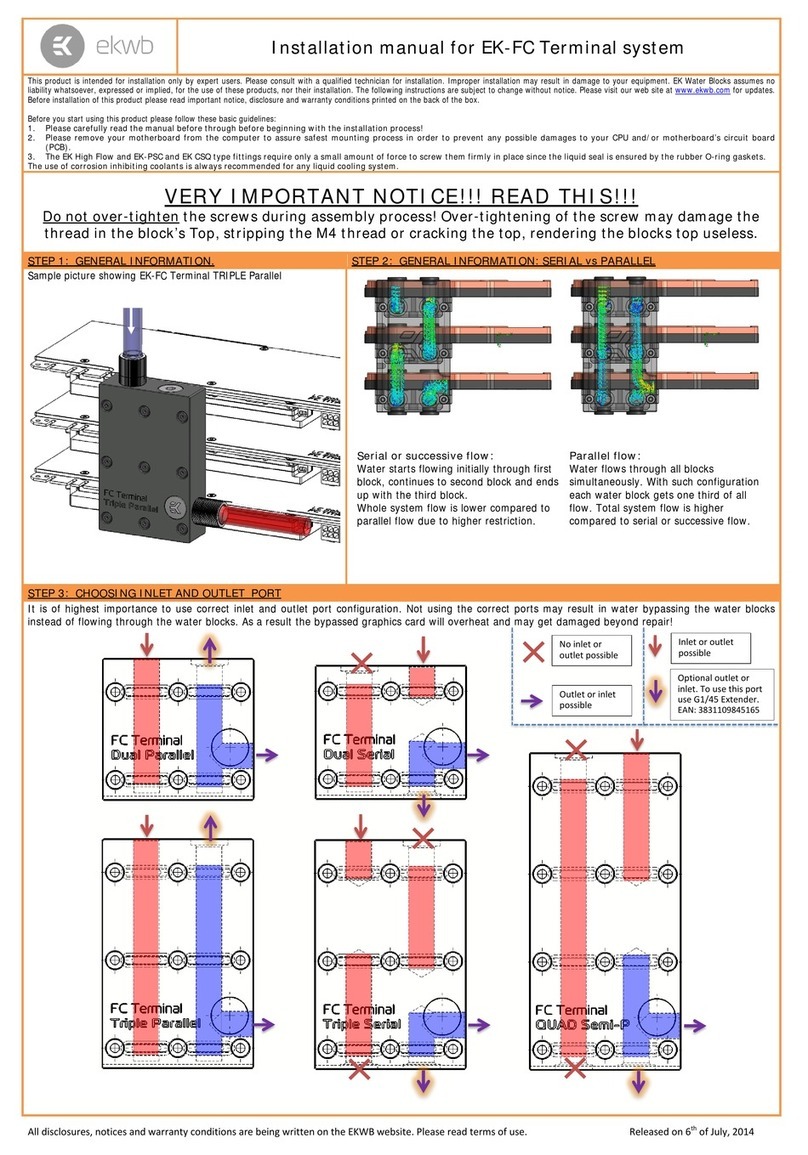Advatek Lights PIXLITE 4 User manual

PIXLITE 4
HARDWARE REV 1.1
USER MANUAL
V1.3

1
PixLite 4 V1.1 User Manual V1.3 © 2015 Advatek Lighting Pty Ltd
Contents
1 –Introduction ......................................................................................................................................3
2 –Safety Notes......................................................................................................................................4
3 –Installation.........................................................................................................................................4
3.1 –Supplying Power.........................................................................................................................4
3.3 - Output Fuses...............................................................................................................................5
3.2 - Control Data................................................................................................................................5
3.3 –Installing Lights...........................................................................................................................5
4 –Network Configuration......................................................................................................................7
4.1 –Physical Network........................................................................................................................7
4.1.1 –Network Layout...................................................................................................................7
4.2 –IP Addressing..............................................................................................................................8
4.2.1 - Using a Router......................................................................................................................8
4.2.2 - Using A Switch/Direct ..........................................................................................................8
4.2.3 - Forcing the Default IP Address.............................................................................................9
5 –Operation ........................................................................................................................................10
5.1 –Startup......................................................................................................................................10
5.2 - Sending Data.............................................................................................................................10
5.3 –Outputs ....................................................................................................................................10
5.3.1 –Pixel Outputs.........................................................................................................................10
5.3.2 –DMX512 Output ................................................................................................................10
5.4 –Hardware Test Pattern.............................................................................................................11
6 - Firmware Upgrades..........................................................................................................................11
6.1 - Physical Setup ...........................................................................................................................11
6.2 - Obtaining New Firmware..........................................................................................................11
6.3 - Performing an Automatic Update.............................................................................................11
6.4 - Performing a “Forced Boot” Update.........................................................................................12
7 –Specifications ..................................................................................................................................14
7.1 - Operating Specifications...........................................................................................................14
7.2 - Mechanical Specifications.........................................................................................................15
8 –Troubleshooting..............................................................................................................................16

2
PixLite 4 V1.1 User Manual V1.3 © 2015 Advatek Lighting Pty Ltd
8.1 –LED Codes.................................................................................................................................16
8.2 - No Status/Power LEDs On.........................................................................................................16
8.3 - Other Issues ..............................................................................................................................16
8.4 –Reset To Factory Defaults ........................................................................................................17
9 - Warranty and Service.......................................................................................................................18

3
PixLite 4 V1.1 User Manual V1.3 © 2015 Advatek Lighting Pty Ltd
1 –Introduction
This is the user manual for the V1.1 PixLite 4 control board.
The PixLite 4 controller converts the E1.31 (sACN) and Art-net protocols from a lighting console,
media server or computer lighting software into various other data protocols and outputs that data
in real time to control pixel lighting fixtures.
PixLite 4 features an output capacity of up to 16 universes of either multicast/unicast E1.31 or Art-
net data, in addition to a single DMX512 universe output (17 universes of data total.) This combined
with an advanced feature set and easy-to-use configuration utility makes PixLite 4 an excellent
choice for your pixel lighting application.
This manual only contains information specific to this physical control board, not the software
configuration of PixLite controllers in general which can be found in the ‘PixLite Configuration
Guide’.
Separate manuals for other PixLite controllers and the PixLite Configuration Guide may be
downloaded from here: http://www.advateklights.com/resources

4
PixLite 4 V1.1 User Manual V1.3 © 2015 Advatek Lighting Pty Ltd
2 –Safety Notes
The board comes shipped in an anti-static bag and has several electrostatic sensitive components on
it. Appropriate anti-static measures should be observed when handling the board. For example, you
should never sit the controller on carpet, and you should avoid touching components on the
controller unnecessarily.
3 –Installation
3.1 –Supplying Power
Power to the controller and outputs is applied via a screw terminal connector, located on the left-
hand edge of the board as shown in Figure 1. Polarity is clearly marked on the PCB.
Voltage to the power input is recommended to be between 5V and 12V DC. The controller will
operate up to 24V DC, however attention should be paid to cooling the controller when operating
above 12V.
It is the user’s responsibility to ensure that the power supply used matches the voltage of the pixel
fixture they are using and that it can supply the correct amount of power/current. The total
maximum allowable current through the board is 30 Amps.
Figure 1
Logic Fuse
Power Input
Ethernet Jack
DMX512 Output
4x Pixel Outputs

5
PixLite 4 V1.1 User Manual V1.3 © 2015 Advatek Lighting Pty Ltd
3.2 - Output Fuses
Each individual output is protected by a mini blade fuse. You may use any value of fuse, up to and
including 7.5A, depending on your specific application. Individual outputs should not exceed 7.5A
and the total current should not exceed 30A. If you require more current than this, then you will
need to inject power into the pixels directly off board.
The logic circuitry is protected by a 1A mini blade fuse. This is located on the lower right-hand edge
of the board.
3.3 - Control Data
Control data to the PixLite 4 is achieved via the via the single horizontal Ethernet jack. The controller
supports Streaming ACN (sACN / E1.31) or Art-Net data.
3.4 –Installing Lights
The lights can be screwed into the 4 way pluggable screw terminal connectors on each of the four
outputs. The pin out of the connectors is labeled on the silkscreen as well as in Figure 2 on the
following page.

6
PixLite 4 V1.1 User Manual V1.3 © 2015 Advatek Lighting Pty Ltd
Figure 2
Some pixel protocols do not use the clock line and lights of this type will only have 3 wires. In this case
you can leave the clock line disconnected.
Warning: It is very important not to short +ve onto the clock or data lines when using pixels greater
than 5v. Given this mistake can happen, the part it damages has been designed for easy replacement
by the user. The part is very cheap to replace and Advatek support will guide you through the
process if you believe this has happened. Note that this can also happen from poor waterproofing
when rain shorts the higher voltage onto either of those wires in your pixels/wiring.
+ 1
CLK 2
DATA 3
3
GND 4
4

7
PixLite 4 V1.1 User Manual V1.3 © 2015 Advatek Lighting Pty Ltd
4 –Network Configuration
4.1 –Physical Network
4.1.1 –Network Layout
Figure 3
Figure 3 shows a typical network topology for the PixLite 4 controller(s) LAN. The host machine
connects to a router and then to the PixLite 4 controller(s). If you are only using a few controllers,
they can be connected straight to the router. Larger installations will benefit from using a network
switch between the router and controllers. Using an IGMP enabled network switch is also
recommended in large installations.
In smaller installations it may be preferable to connect the controller directly to the host machine’s
network adapter.
The PixLite 4 controller(s) can also be integrated straight into any pre-existing LAN.

8
PixLite 4 V1.1 User Manual V1.3 © 2015 Advatek Lighting Pty Ltd
4.2 –IP Addressing
4.2.1 - Using a Router
Routers have a DHCP server in them –this means they will tell a device plugged into them what IP
address to use, if asked.
DHCP is always enabled by default on a PixLite controller so it can immediately connect to any
existing network with a router. However it is recommended that you assign a static IP address once
communications have been established via the Advatek Assistant. If the controller is in DHCP mode
and is not assigned an IP address by a DHCP server, it will timeout after 15 seconds and default to a
static IP of 192.168.0.50
If DHCP mode is enabled, both LEDs will flash together until the controller receives an IP address, at
which point the power LED will remain on solid and the status LED will flash slowly indicating it is in
run mode and ready for use.
If a static IP address is assigned to the board, then the power LED will be solid from power up. If a
DHCP timeout occurs the power LED will stop flashing and go solid also.
4.2.2 - Using A Switch/Direct
It may be desirable to connect the controller directly to a switch or even directly to the host machine
instead of using a router. In this case (for first time configuration) you will need to ensure that the
network adapter of your computer is set in the IP range that the controller will default to (controller
defaults to 192.168.0.50). This means you PC’s IP should be 192.168.0.xxx where xxx is anything
between 1 and 254 other than 50. The subnet mask on your PC should be set to 255.255.255.0.
Once you can successfully discover the controller in the Assistant, we recommended setting the
controller to a static IP address other than the default.
Figure 4 shows a screenshot of typical computer network settings to communicate with a PixLite 4
for the first time without a router.

9
PixLite 4 V1.1 User Manual V1.3 © 2015 Advatek Lighting Pty Ltd
Figure 4
If you want to connect the PixLite directly to a PC then in addition to setting the computer’s IP range
as specified above, you may also need to use a crossover network cable as opposed to a straight-
through cable as described in section 4.1.1.
4.2.3 - Forcing the Default IP Address
In the event that you forget the IP of a controller and you can’t see it in the Assistant, it can be
forced to its default IP. A simple procedure can be employed on power up:
1. Hold down the “Factory IP” button and power up the board
2. After a few seconds release the button. The controller’s IP address will now be 192.168.0.50.
You should now be able to setup your PC’s network settings to find the controller at this IP and
change the IP settings to what you prefer. After changing the settings or if you power the controller
off and on again, the controller will revert to using the saved settings.

10
PixLite 4 V1.1 User Manual V1.3 © 2015 Advatek Lighting Pty Ltd
5 –Operation
5.1 –Startup
Upon applying power, if you already have strings connected they will flash very briefly (<50mS) and
then immediately turn off as the controller takes control of the pixels. If no data is being piped
through to the controller then the pixels will remain turned off until valid data is received. During
normal operation the green power LED will remain on solid and the status LED will flash slowly to
indicate the controller is connected to a valid network and is ready to run.
5.2 - Sending Data
Data is sent from the host machine to the controller via the LAN using a “DMX over IP” protocol such
as sACN (E1.31) or Art-net.
5.3 –Outputs
5.3.1 –Pixel Outputs
Each of the 4 outputs can drive up to 680 individual RGB pixels (4 DMX Universes of data). This
allows for a total of 2,720 pixels to be driven out of the one controller (in addition to 1 DMX512
Universe output.) Driving a full 680 pixels out of a single output would also likely require power
injection. How much power you need to inject and how often will typically vary depending on the
number of pixels used, their voltage and their individual power consumption.
The refresh rate of the pixels will depend on the operating frequency of the specific pixel chip type.
Higher speed chips will result in higher refresh rates. PIXELS WITH NO CLOCK LINE ARE SLOW. The
refresh rates on these pixels is unavoidably slower than clocked pixels. Advatek recommends the use
of clocked pixels whenever using a large number of sequential pixels on any output. Typically, the
refresh rate can vary from 20 fps at the low end and up to 100 fps at the higher end.
5.3.2 –DMX512 Output
The PixLite 4 provides a DMX512 output which can be accessed by a pluggable screw terminal
connector. The hardware layer on which the DMX 512 protocol operates is the RS485 electrical
communications standard. This is a differential transmission system consisting of a two-wire
differential twisted pair and single wire ground connection. The D+, D- and ground connections are
clearly labelled on the PCB for the screw terminal connectors.

11
PixLite 4 V1.1 User Manual V1.3 © 2015 Advatek Lighting Pty Ltd
This output acts as an individual DMX512 universe output, effectively providing the user with an
E1.31 to DMX512 bridge (in addition to the normal pixel outputs). These do not convert Art-net data
to DMX, only sACN (E1.31).
Please note that the DMX output is not electrically isolated.
5.4 –Hardware Test Pattern
The controller features a built-in test pattern to assist in troubleshooting during an installation. To
put the controller into this mode, press and hold the ‘Factory IP’ button for 3 seconds (after the
controller is already running.) The controller will then enter the test pattern mode and will display
red, green, blue and white sequentially in a repeating pattern on all pixels on each of the 4 outputs.
Pressing the button while in this mode will then cycle through each of the four colors successively
(on all outputs simultaneously) before returning to the current pattern again.
To exit the test mode simply press and hold the ‘Factory IP’ button down again for 3 seconds and
then release.
6 - Firmware Upgrades
The controller is capable of having its firmware upgraded (new software). An upgrade is typically
performed to fix any bugs that may have been overlooked in previous revisions or to add new
features.
6.1 - Physical Setup
To perform a firmware upgrade, ensure that you have your PixLite 4 controller connected to the LAN
network as per section 3.1.1.
6.2 - Obtaining New Firmware
The latest firmware is available from the Advatek Lights website at the following link:
http://www.advateklights.com/resources
It will come in a “.hex” format.
6.3 - Performing an Automatic Update
1. Open the Assistant. Click “Search” and once the desired controller appears in the main
window, double click on it.

12
PixLite 4 V1.1 User Manual V1.3 © 2015 Advatek Lighting Pty Ltd
2. A configuration window will appear. Click on the “Misc” tab and then locate the “Upgrade
Firmware” button and click on it. A “firmware update” window will appear (as shown in
Figure 5). Click “browse” to locate the firmware file you wish to download.
3. Click on the “update” button.
4. Once the download is complete, a message box will pop up saying it has completed
successfully.
5. The controller will automatically reboot itself and then start running the new firmware
application immediately.
If there is something wrong with the upgraded firmware, repeat the process again if it is still visible
in the configuration utility. Otherwise, refer to the troubleshooting section for further information.
Figure 5
6.4 - Performing a “Forced Boot” Update
1. Power down the controller and then hold down the “Bootloader” button.
2. Apply power, the status and power LEDs should be flashing alternately to indicate the
controller is in bootloader mode. It is now ready for a firmware upgrade.
The current bootloader will default to an IP address of 192.168.0.50 in the force mode, so
you must ensure you are running it on a network in the same address range as this IP
address.
3. Using the Assistant, click search in the main window and you should see the controller
appear with “bootloader” in the firmware column. Double clicking on it will bring up the file
browse window (as shown in Figure 5).
4. Click browse to locate the firmware file.

13
PixLite 4 V1.1 User Manual V1.3 © 2015 Advatek Lighting Pty Ltd
5. Click on the update button. The update will only take about 5 seconds, and a message box
will pop up once the download is completed.
6. Power the board down again
7. Apply power again and the board should now be operating with the new firmware.

14
PixLite 4 V1.1 User Manual V1.3 © 2015 Advatek Lighting Pty Ltd
7 –Specifications
7.1 - Operating Specifications
The table below specifies the recommended operating conditions for a PixLite 4 controller.
PARAMETER
VALUE/RANGE
UNITS
Absolute Max Voltage1
24
V DC
Recommended Voltage
5-12
V DC
Max Capacity
30
A
Logic Current
Consumption (@ 5V)
DC)
130
mA
Recommended
Ambient Temperature2
-20 to +50
°C
PCB Component
Absolute Maximum
Temperature
-40 to +80
°C
Maximum Current Per
Pixel Output
7.5
A
1Active cooling is highly recommended.
2Suggested limit only, the component temperatures must be kept within their absolute maximum ratings.
Monitoring the component temperatures with the Advatek Assistant software is recommended.
Table 1

15
PixLite 4 V1.1 User Manual V1.3 © 2015 Advatek Lighting Pty Ltd
7.2 - Mechanical Specifications
The controller’s dimensions are shown in Figure 6 below.
Figure 6

16
PixLite 4 V1.1 User Manual V1.3 © 2015 Advatek Lighting Pty Ltd
8 –Troubleshooting
8.1 –LED Codes
Please refer to the table below for condition codes for the onboard status and power LEDs.
POWER LED (GREEN)
STATUS LED (RED)
CONDITION
SOLID
SLOW FLASHING
NORMAL OPERATION, MAIN
APPLICATION RUNNING OK
SOLID
SOLID
MAIN APPLICATION NOT
RUNNING
ALTERNATE FLASHING
ALTERNATE FLASHING
BOOTLOADER MODE
OFF
OFF
NO POWER
Table 2
Please refer to the table below for condition codes for the ethernet jack status LEDs.
LINK LED (GREEN)
DATA LED (YELLOW)
CONDITION
SOLID
RAPID FLASHING
CONNECTED OK, RECEIVING
DATA
SOLID
OFF
CONNECTED OK, NO DATA
DATA
OFF
OFF
NO LINK ESTABLISHED OR
POWER IS OFF
Table 3
8.2 - No Status/Power LEDs On
Firstly check that the 1A logic fuse has not blown.
Ensure that your power supply is supplying correct voltage as per section 3.1. Also ensure that it can
supply enough power to drive the lights that are connected as well. You should also try
disconnecting all outputs and see if the controller starts then. If the supplied power is correct try
performing a forced firmware update as per section 6.4.
8.3 - Other Issues
If the device fails to perform as expected, please check the LED codes as per section 8.1. For the
latest more specific troubleshooting information and other help, you should refer to our online
knowledgebase here: http://www.advateklights.com/support/kb
If you can’t resolve your problem with the help of our knowledgebase, you can open a support ticket
here for assistance: http://www.advateklights.com/support

17
PixLite 4 V1.1 User Manual V1.3 © 2015 Advatek Lighting Pty Ltd
You can also send an e-mail to support@advateklights.com and a ticket will be automatically created
for you. If you create your ticket through the website you will have the ability to login and manage
past and existing tickets.
8.4 –Reset To Factory Defaults
To reset the controller to its factory default settings do the following:
1. Hold down the “Factory IP” button AND the “Bootloader” buttons together before applying
power.
2. Power up the board.
3. Wait for both LEDs to flash together.
4. Release both buttons.
5. Power cycle (turn power off, wait 5 seconds then turn it on again).

18
PixLite 4 V1.1 User Manual V1.3 © 2015 Advatek Lighting Pty Ltd
9 - Warranty and Service
If you require support or warranty, please refer to section 8.3 for information on creating a support
ticket. For warranty cases the support staff will usually require you to perform some troubleshooting
steps first. If we cannot solve your problem remotely we will issue you with an RMA number through
the support ticket system. You may then either return the device to a local distributor or return it to
us directly for warranty services.
The PixLite 4 control board is supplied with a full 3 year factory warranty.
Table of contents
